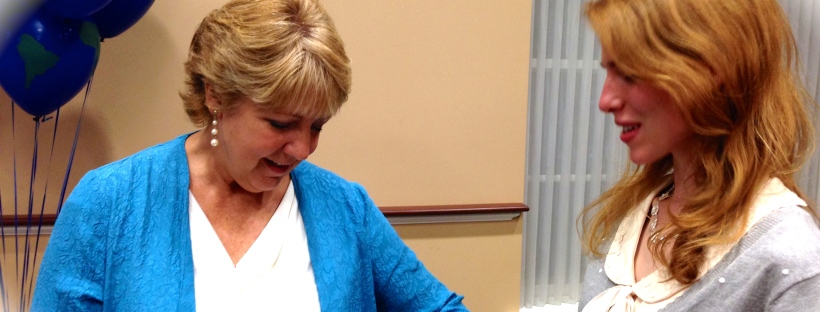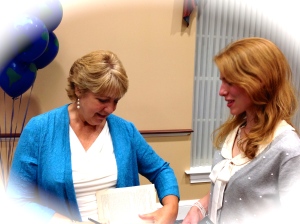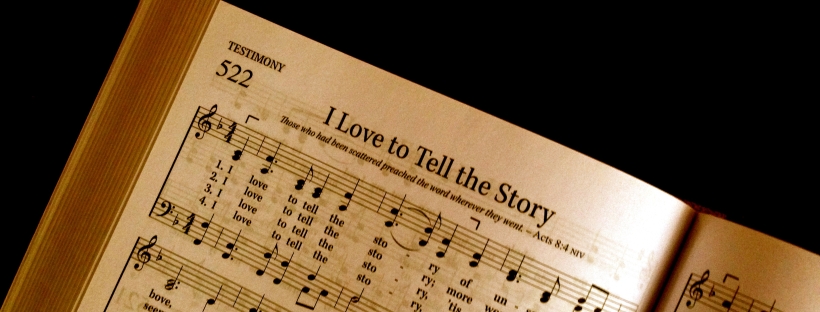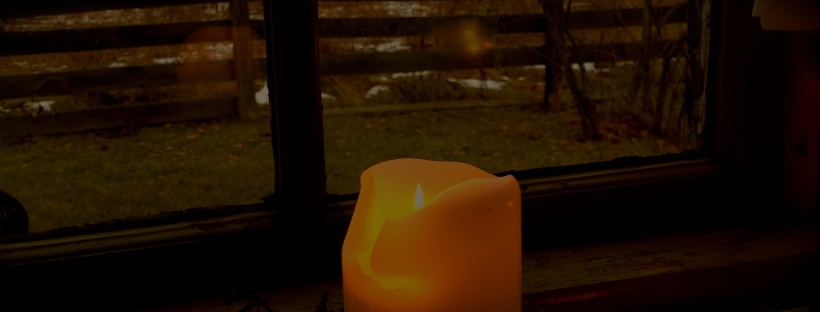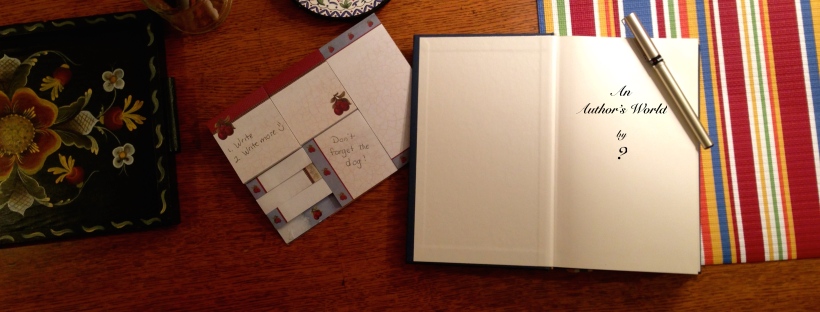Pour yourself a glass of eggnog (or a cup of hot cocoa) and imagine yourself in the Star City Hotel on a snowy Christmas Eve in Kansas. Then listen with me to a story called “The Candle in the Window”[1].
This story takes place in the Smoky – there’s no “e”, honest! – Hill area of Kansas in 1917. (You’ll remember that the world was engulfed in WWI then.) There you will meet characters like a mailman named Tod Witherspoon, a boy named Tully Gabel and a one-room school teacher named Ruth Ravenstow.
Tod Witherspoon is what we might all wish for in a mailman – helpful, conscientious, and personable. As he says, “Well, there never was a postal regulation against bein’ human ever reached as far as my route.”[2]
Tully Gabel is inquisitive and intuitive. His nickname “P-like” comes from “play like”, his version of pretending.
And Miss Ruth Ravenstow? Mysterious might be the right word. Not in a bad way exactly. In some ways, she’s normal. Her students love her and learn from her. The enigma of Miss Ravenstow, you see, is that she keeps to herself and never ever smiles. Beyond that, Tod Witherspoon doesn’t get to deliver a single, real letter to her.
When Tod tries to reach out to Miss Ravenstow and shares with her both his favorite childhood Christmas memory of putting a candle in the window on Christmas Eve and a candle for her own window, her response is telling:
“What will it mean to the world the twenty-fifth of December 1917 The world was never so full of hate before. And who would see my candle if I happened to light one?” [3]
Have you ever felt like Miss Ravenstow or known someone like her? Sometimes the dark scenes of life overwhelm us so much that we may feel that any good we try to do – or even our very selves – go unnoticed.
That is when we need someone like Tod to shed a little truth into our gloomy hearts.
“Well, you can call me an old-style codger, Miss Ravenstow, but may I say that there’s One who always sees. And in a world full of hate, He came to love. He loved us so much He came as a babe and then He gave up His life for us…That’s the love I remember whenever I see a candle in the window.” [4]
Ah, yes, we are never unseen by this God of love. Depending on where you are in life, that may be the most comforting truth in the whole wide world.
If you continue with the story, you’ll find that Miss Ravenstow does put her candle in the window and that more than the One Someone see it. But how does it all play out and why does Miss Ravenstow never smile? Now what do you think I’m going to say? That’s right…You might just have to listen to the story yourself. No worries, you’re guaranteed a happy ending; it is a Christmas story after all!
I think the candle in the window represents love and hope. And that’s what I’m wishing and praying for you this Christmas season and New Year – love and hope! Not because life is so good – it isn’t always, is it? – but because God is good. Not because we have everything we want – we don’t always, do we? – but because God gave us His love and grace wrapped up in Baby Jesus. Not because things work out how we want – they don’t always, do they? – but because Jesus is reigning over all and yet knows and shares in the smallest details of our lives. Not because life is without tears – how can it be? – but because as we celebrate Jesus’ first coming to earth, we can also look ahead to when He will wipe away the tears from our eyes.
May the love of Jesus and the hope of Christmas glow in your hearts and reach out to those around you like a candle in the window.
1 Note: The book The Candle in the Window by Margaret Hill McCarter has been adapted into a radio theatre production of the same title by John Fornof. I have enjoyed both versions and have taken quotes from both.
2 Margaret Hill McCarter, The Candle in the Window (Lamplighter Publishing, 2013), pg. 21.
3 Ibid., pg. 44
4 John Fornof, “The Candle in the Window” (Lamplighter Radio Theatre, 2013)

